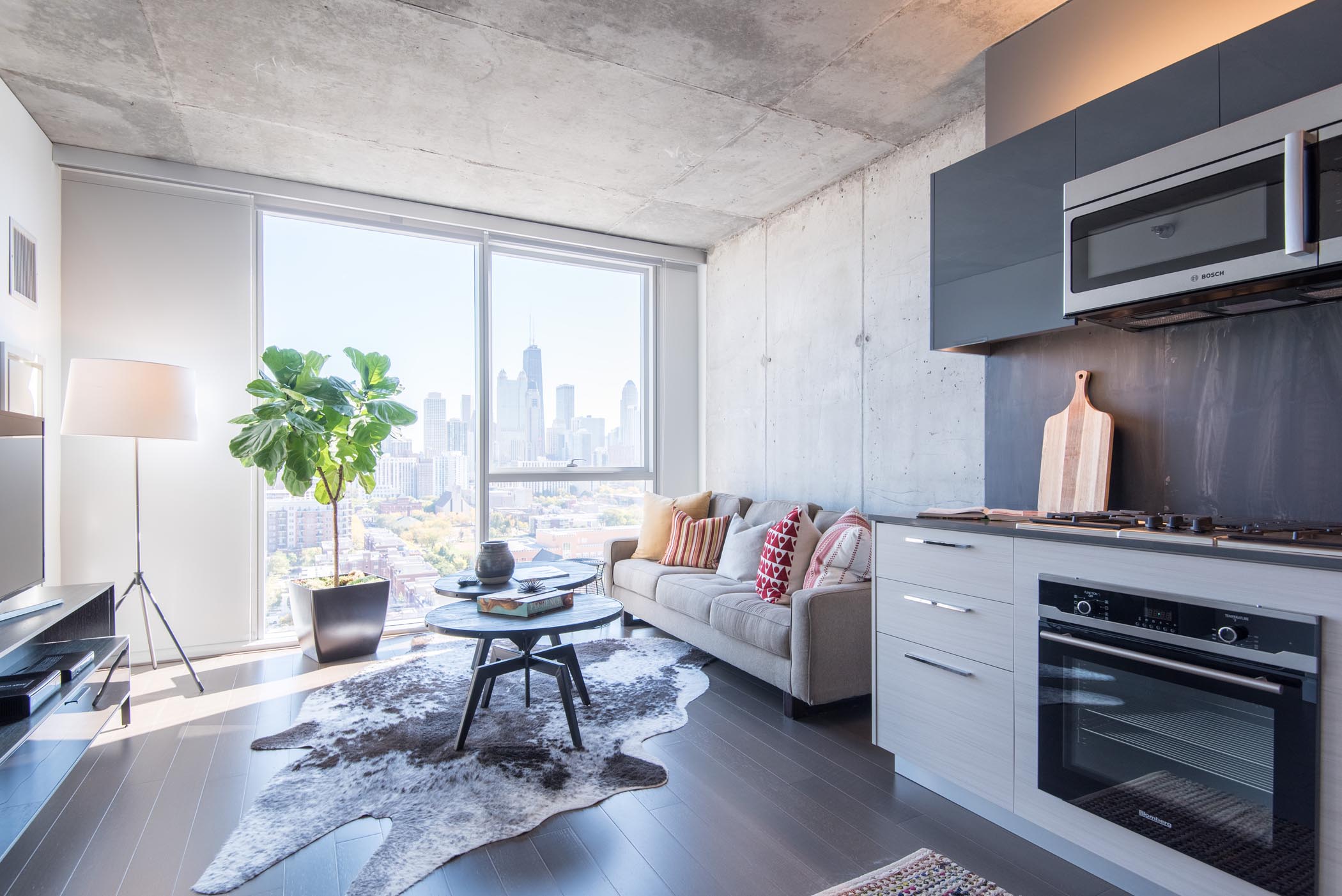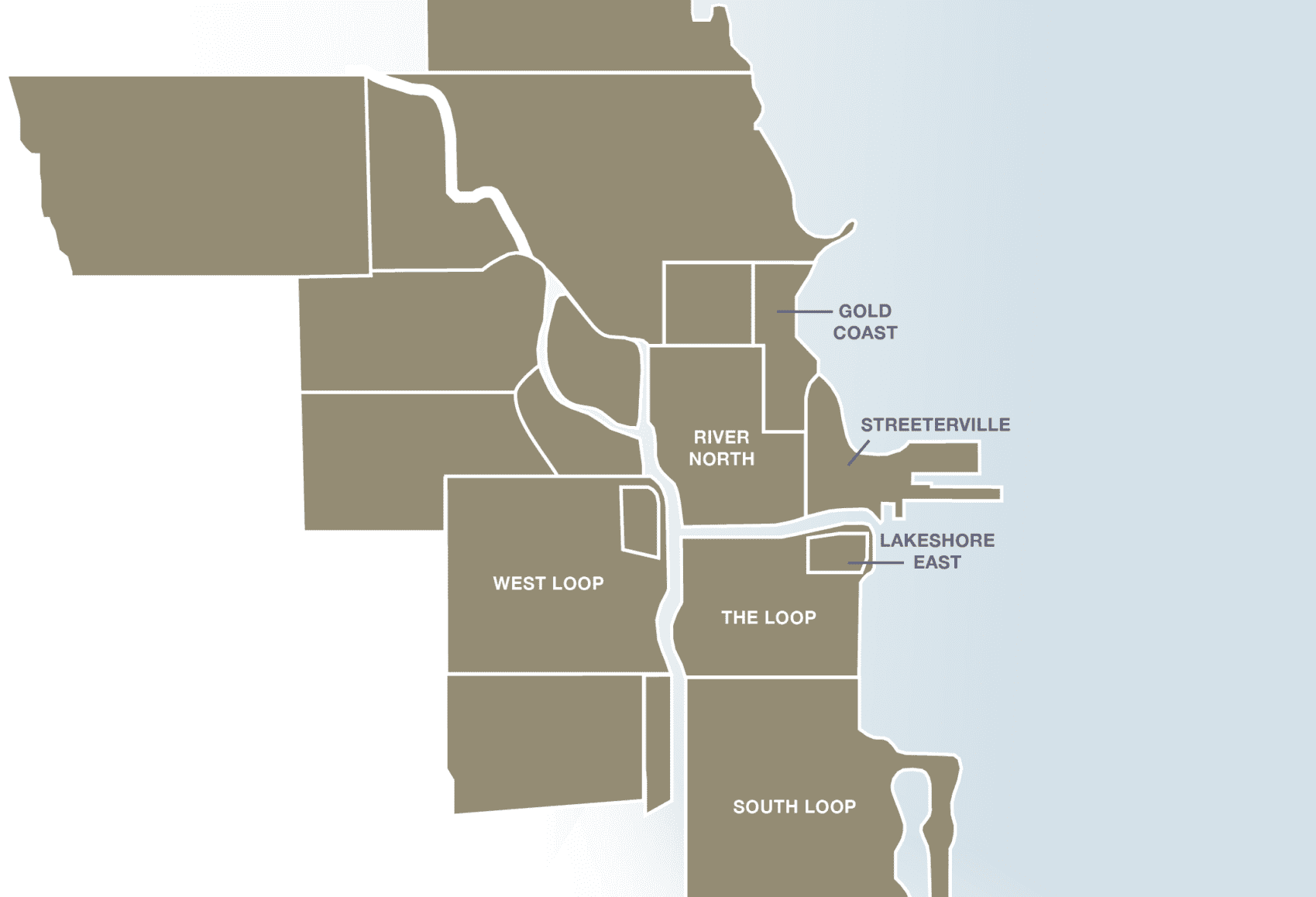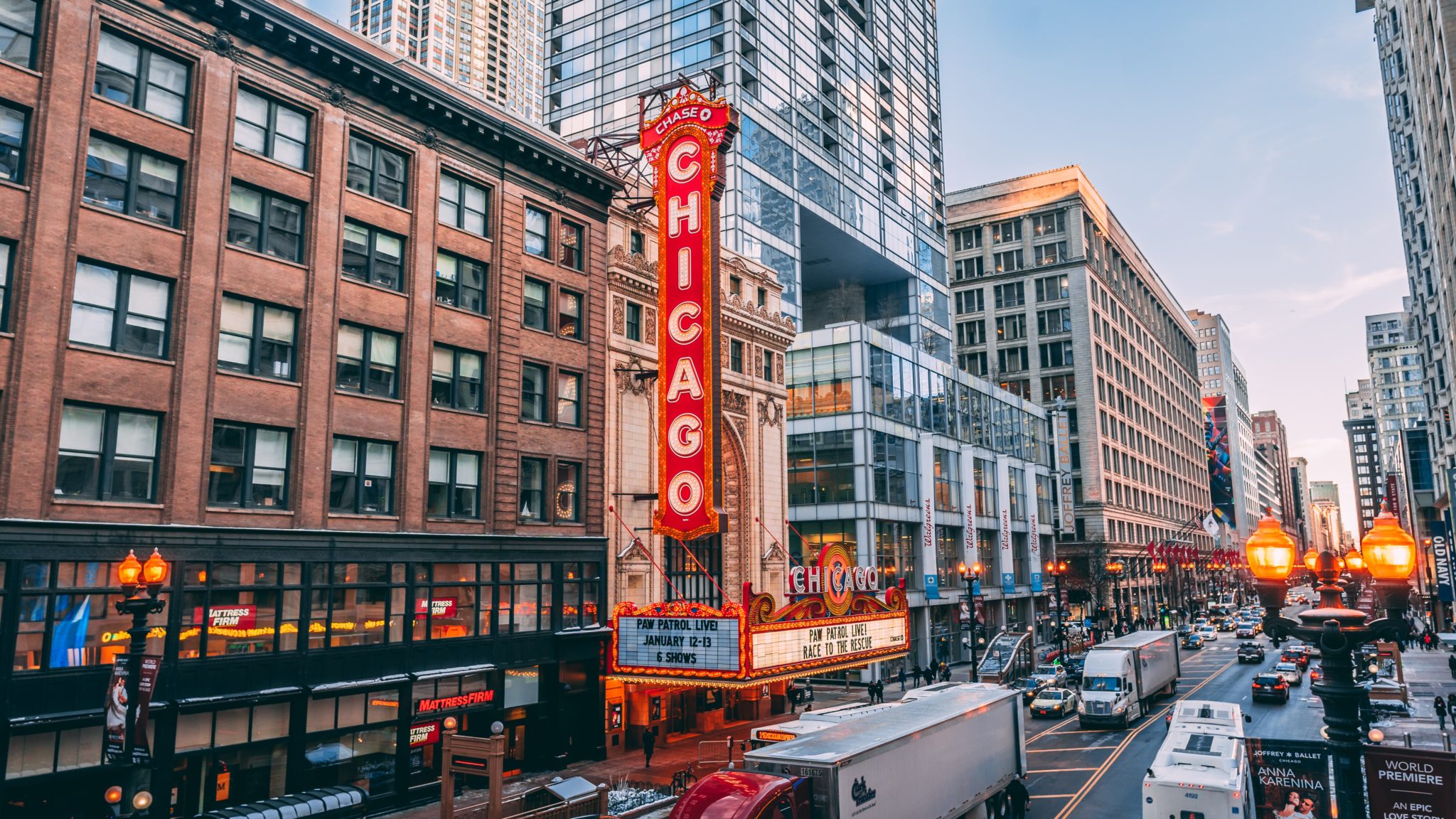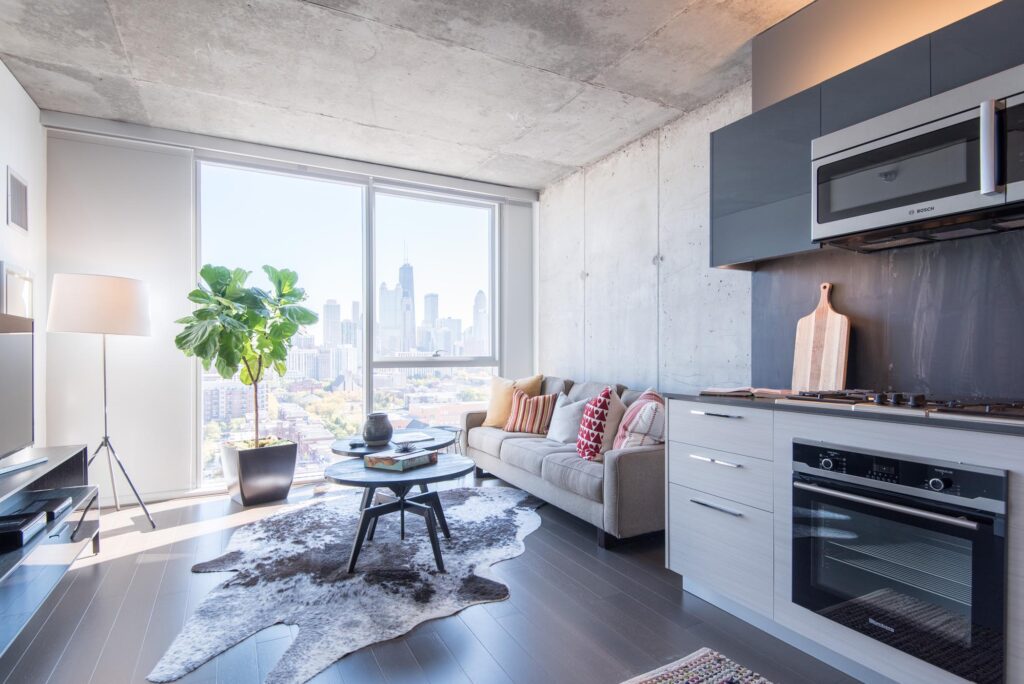What San Francisco Can Teach Chicago’s Luxury Condo Market

This is the 2nd post in a series of 6 blogs from the Urban Land Institute’s Fall Conference in San Francisco.
2015 marked the beginning of the condo market comeback in Chicago.
The downtown condo and townhome developments launched this year have targeted high-end ultra-luxury buyers at boutique properties like No. 9 Walton and 400 W Huron, but the improving economy and construction boom is seeing signs of more large-scale condo projects to come.
Of all the multifamily projects proposed in recent weeks, the condos at 1000 S Michigan in the South Loop and units in CMK’s River South master planned community will likely be two of the first to hit the market. How these projects are marketed and priced will set a new standard for downtown Chicago luxury condo sales while cementing the condo comeback that many have predicted.
Current and future condo developments in Chicago can take a page from the booming luxury condo market in San Francisco, a city seeing growth in both the high-end condo and luxury rental markets. Although San Francisco tops Chicago in terms of population and job growth, the increasing number of corporate headquarters in downtown Chicago, coupled with our city’s transportation system, green space, waterfront access, and cultural amenities will continue to draw talent to the Second City. In a few years, Chicago’s condo market will be back to pre-recession levels and San Francisco serves as an excellent case study for how developers can capitalize on this resurgence to differentiate their properties and maximize value.
The two properties featured below – Lumina and 181 Fremont Residences – are setting a new standard for luxury condominium living in San Francisco and offer insights into how architecturally significant properties can maximize their marketing efforts and pricing.
Lumina
Lumina is a 655-unit luxury condo development by Tishman Speyer in the Rincon Hill neighborhood of downtown San Francisco. Built on land once owned by the U.S. Post Office – hint, hint, Chicago! – Lumina features a quadrant of 4 buildings sets around a central amenity space, with two towers – totaling 37 and 43 stories – and two 8 story low-rises. The towers and low-rises offer a mix of studio, 1, 2, and 3 bedroom layouts with floor plans, views, and outdoor spaces that vary across the building types. Units feature all of the expected finishes, with upgrade options available for flooring and select finishes.
Design and finishes aside, Lumina serves as an excellent case study for Chicago’s developers because of its sales experience and marketing efforts. Located across the street from the property, Lumina’s sales center features a fully built-out 2 bedroom/2 bath model unit with standard and upgraded finishes for prospective buyers to preview. Using photos taken from the construction site, the sales team can change the projections outside the model unit to show buyers the exact view of their chosen unit. One sales associate noted that the marketing team did not use drones to take the photos and instead waited until construction was far enough along to take panoramic photos of the view from each and every unit in the building. The photos also pair with a scaled model of the entire property – located in the center of the sales office – with units that light up once a unit is selected from the display panel.
The experience allows buyers to see where their selected unit is located within the scope of the property while also having the ability to picture the view from their future home. The thoughtfulness behind the sales experience has led to pre-sale numbers that exceeded expectations from in both velocity and pricing.
The takeaway for Chicago developers? Investing in a pre-sales experience that allows prospective buyers to see, touch, and feel the details of their new home will result in higher prices and quicker sales. Our team at AMG Real Estate Advisors and Luxury Living Chicago Realty gives the same guidance on the pre-leasing experience for luxury rentals. Targeted marketing, photos, and tour paths of new multifamily properties are key to maximizing rents and exceeding pre-leasing targets.
181 Fremont Residences
181 Fremont is a mixed-use 70-story office and condo tower under construction in the SOMA neighborhood of downtown San Francisco. Developed by the Jay Paul Company, 181 Fremont will feature the highest residential floors west of Chicago once it is completed in late 2016/early 2017. The 67 residential units are set atop 50 stories of commercial office space – being marketing to some of the top commercial firms in San Francisco – and include 12 smaller “accessory suites” and 55 larger residences. Matt Lituchy, CIO of the Jay Paul Company, noted that the accessory suites are targeted for assistants or caregivers attending to the residents of the larger units.
181 Fremont Residences offer two unique characteristics that appeal to prospective high-end buyers. The first is the prime location of the commercial space on the lower floors adjacent to the city’s new Transbay Transit Center. The transit center is a draw for prospective commercial tenants, and Lituchy noted that his team has already had conversations with commercial tenants about the residential portion of the building. They expect some units to be sold to the CEOs and upper management of the commercial tenants in the building. The second unique characteristic of the building is its design and architectural features. The residential floors feature diagonal angles that create striking designs at the top of the building that result in unique floor plans on every level. No tiers exist in the building. Instead, each floor is individually plated to accommodate the architectural and engineering features of the property.
What can Chicago developers learn from 181 Fremont Residences? First is the unique layout of every residential unit in the building. While tiers are certainly more cost-effective, designing units around the architectural features of the building makes each unit unique and that much more attractive to prospective buyers. Second is the marketing and sales strategy for the property. The developer of 181 Fremont engaged The Mark Company, a San Francisco-based brokerage and real estate consulting firm to assist in the planning and eventual sale of the residential units. By adding an experienced luxury brokerage to the development team, the Jay Paul Company has been able to rely on market experts to map out a sales and marketing strategy for the property that relies on market knowledge and client feedback. Luxury Living Chicago has been able to apply this same feedback in our exclusive leasing engagements, based on feedback from our brokerage and client data.
Search The Blog
Most Popular

The 7 Neighborhoods of Downtown Chicago

10 Companies Headquartered in Chicago

Our Expert Apartment Finding Tips Will Answer Your Toughest Questions
About Us
Up Next

A Night At the 2015 CAMME Awards
Over 1000 real estate professionals converged upon Navy Pier’s Grand Ballroom on November 5th to celebrate and recognize excellence in all facets of the […]

Chicago Apartment Deals 11/6/15 [PRICING SPECIALS]
We’ve rounded up our favorite downtown Chicago apartment specials for the week. Chicago renters looking to move in November and December 2015 can get some great […]

Logan Square’s Most Popular Divvy Stations
The number of transit-oriented developments coming to Chicago continues to grow- especially in thriving neighborhoods like Logan Square. The aptly named Hipster Highway has […]

The Lofts at Roosevelt Collection’s South Loop Apartments
Recent development and proposals in the South Loop neighborhood add up to over 5,000 units coming to the market by the end of 2017. […]
